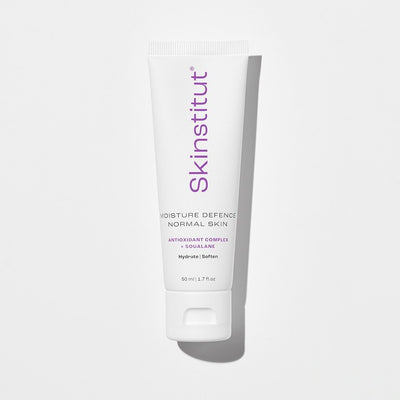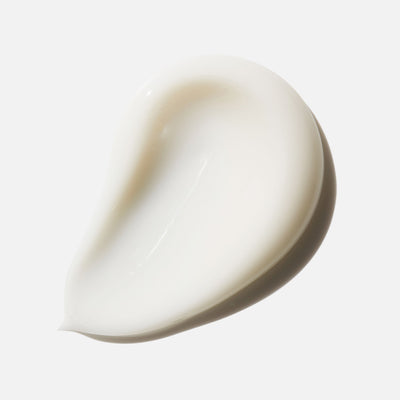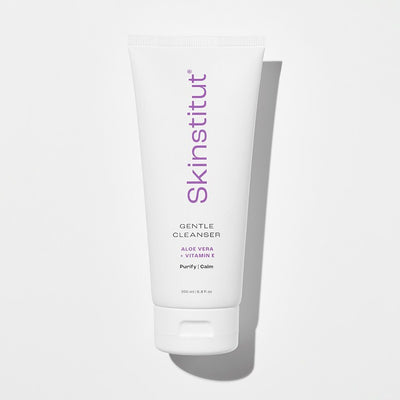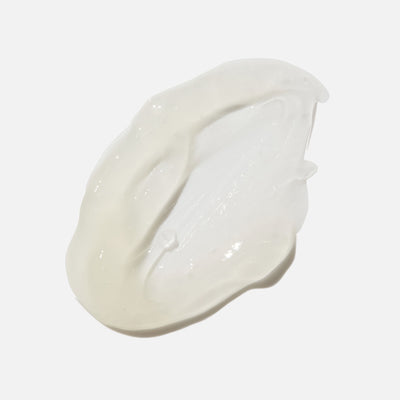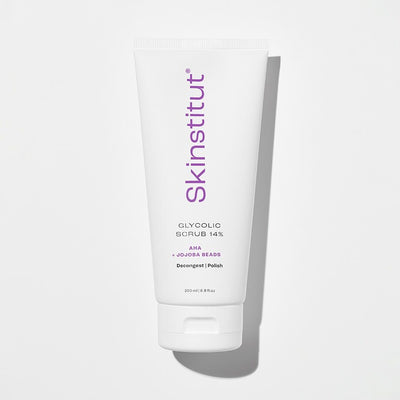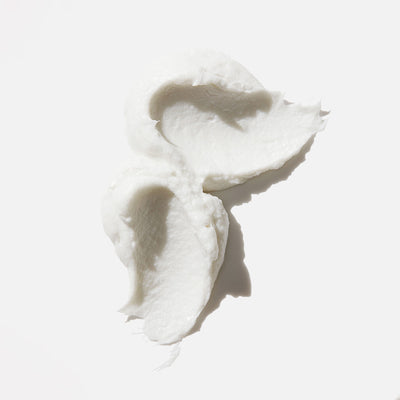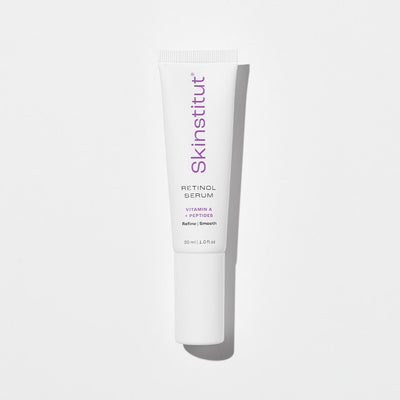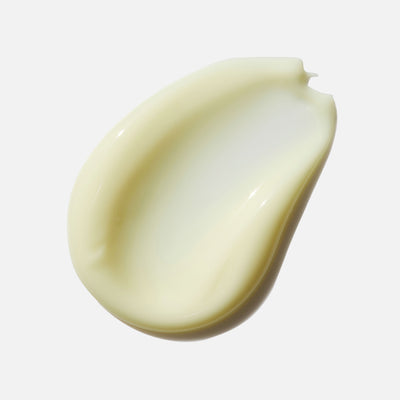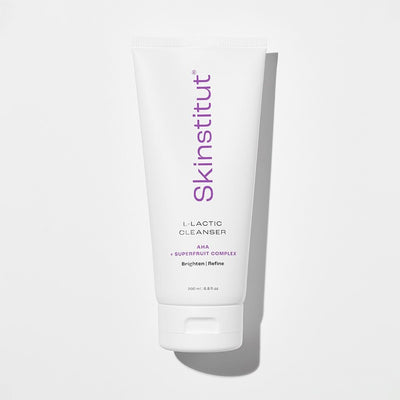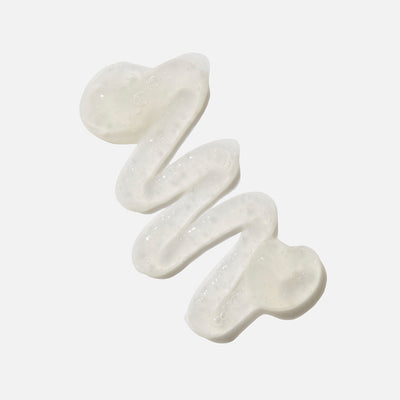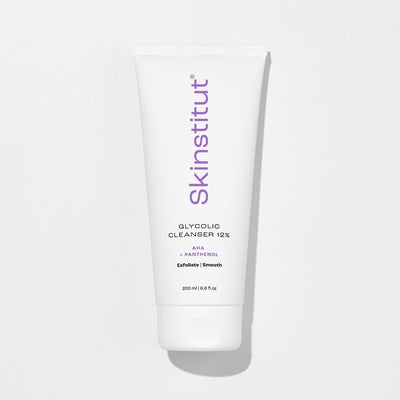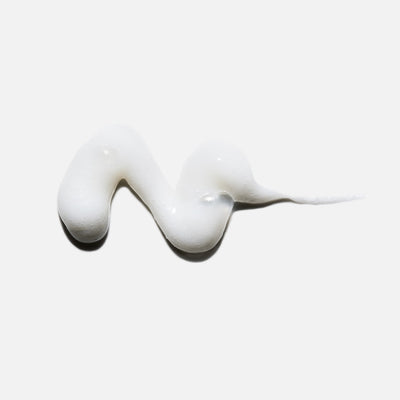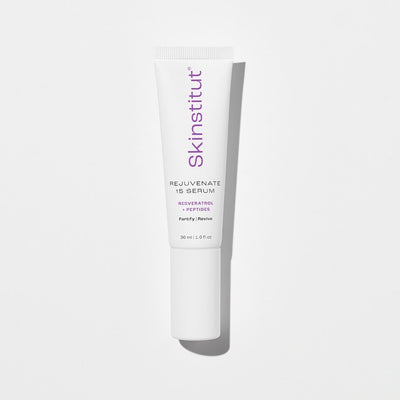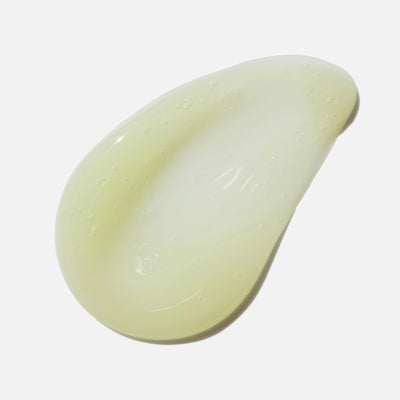Why Winter is The Perfect Time To Be Proactive
One of the most visible signs of premature skin ageing, hyperpigmentation is an especially common and stubborn skin condition. The first post in a two-part series, let’s look at what it is, what causes it, and why Winter is the perfect season to start your treatment plan.
Summer skin damage is often revealed months later in the cooler months when darker pigment makes its way to the surface of the skin. Winter, when the temperature and the UV index is lower, is a great time to tackle your hyperpigmentation with a targeted plan based on active ingredients, a diligent routine, and helpful tools and professional treatments that work together to improve skin tone and clarity.
But first, let’s rewind a little…
What is Hyperpigmentation?
The dark patches or markings you might notice in your skin are the result of hyperpigmentation: an overproduction of pigment that is caused by cells known as melanocytes. When melanocytes become hyperactive, they produce a pile-on of excess melanin that form blotchy patches that resemble freckles, age spots, and uneven skin tone.
What Causes Hyperpigmentation?
Every skin is individual and so what causes hyperpigmentation in some skins won’t necessarily affect others the same way. However, the biggest contributors to hyperpigmentation include:
• UV Exposure
UVA/B rays not only cause sun damage but can activate excess melanin production.
• Hormonal Fluctuations
Especially pregnancy and as a result of taking the contraceptive pill.
• Medications
Some oral medications can contribute to hyperpigmentation by causing your skin to be more sensitive and reactive to UV exposure or accelerating hormonal activity. [Check your medications with your doctor for all side effects, including hyperpigmentation.]
• Post-Inflammatory Hyperpigmentation
This is a more temporary form of hyperpigmentation that is the result of inflammation or trauma to the skin. It can be caused by an infection or inflammation (such as acne or dermatitis) or injury (a burn or squeezing an inflamed pimple). It’s often more common in darker skin tones.
And now, let’s talk about your hyperpigmentation treatment options:
from lifestyle Dos & Don’ts to at-home cosmeceutical care and professional treatments.
Read: HYPERPIGMENTATION PART 2



